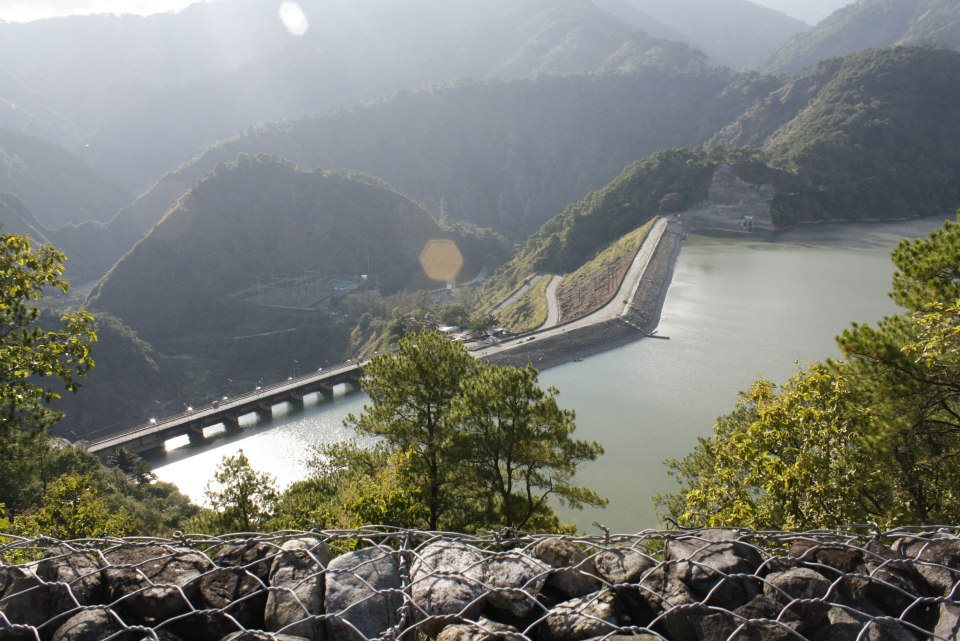
MANILA – The National Disaster Risk Reduction and Management Council (NDRRMC) has approved the creation of a “dam safety committee” which would act as an oversight body between the Philippine Atmospheric, Geophysical and Astronomical Services (PAGASA) and different agencies involved in dam operations.
“Nagkaroon ng desisyon sa NDRRMC na mag-create ng committee na tatawagin nating Dam Safety Committee, pero meron kasi tayong protocol base dun sa isang desisyon nung panahon ni (dating) Presidente Gloria Macapagal-Arroyo na ang mag-decide talaga nyan ay ang PAGASA dahil sila ang nakakakita ng forecast ng malakas na pag-uulan at ang desisyon nila ay pinapadala sa mga iba’t-ibang (The NDRRMC decided to create a dam safety committee. However, we already have a protocol based on a decision made during the term of former President Gloria Macapagal-Arroyo where PAGASA makes the decision because they are the ones who forecast heavy rains and their decision is sent to the different) dam managers,” NDRRMC executive director Ricardo Jalad said in a Laging Handa briefing Thursday.
Jalad was referring to the dams under the control of the National Irrigation Administration (NIA) like Pantabangan and Magat and those under the National Power Corporation (NAPOCOR) like San Roque.
“At kung ilalagay natin yang (authority to release) sa NDRRMC, alam naman natin na may konseho na mag-uusap pa yan, magkaroon ng consensus, baka tumagal yung desisyon natin ay hindi kaagad tayo makapagpalabas ng tubig (If we put the authority to release to the NDRRMC, we all know that its member agencies would have to convene. There has to be a consensus and it might take long before we can release water from the dams),” he added.
Jalad said it is more possible and ideal for the dam safety committee to act as an oversight to the two organizations concerned in preparing for the approach of typhoons.
“But ang desisyon talaga ay dyan pa rin sa PAGASA at saka dam managers dahil sila ang nakakakita dun sa aktwal na sitwasyon at hinahalintulad ko ito sa desisyon on the withdrawal or disengagement of troops dun sa tactical level, hindi ho yan dinidesesyunan lalo na kung company size o platoon size level, hindi ho yan dinidesisyunan ng Chief-of-Staff of the Armed Forces of the Philippines (AFP) kundi yung tactical commander sa ground, so importante yung tactical decision ng nasa ground but with an oversight dito sa national level (The decision there is still up to PAGASA and dam managers because they are the ones who see the actual situation. This is like deciding on the withdrawal or disengagement of troops at the tactical level. The decision, especially for company size or platoon size level is not being decided upon by the Chief-of-Staff of the AFP but by the tactical commander on the ground. So it is important to have a tactical decision on the ground but with an oversight at the national level),” he added.
Department of the Interior and Local Government (DILG) Secretary Eduardo Año earlier recommended that the NDRRMC be placed in control of water discharge over dams during typhoons, after noting the lack of central authority that could have implemented a systematic dam discharge in areas in Region 2 which were hit by heavy flooding due to the effects of Typhoon Ulysses early this month.
Magat Dam officials earlier said that water releases were crucial in maintaining the integrity of the reservoirs and preventing more devastating floods.